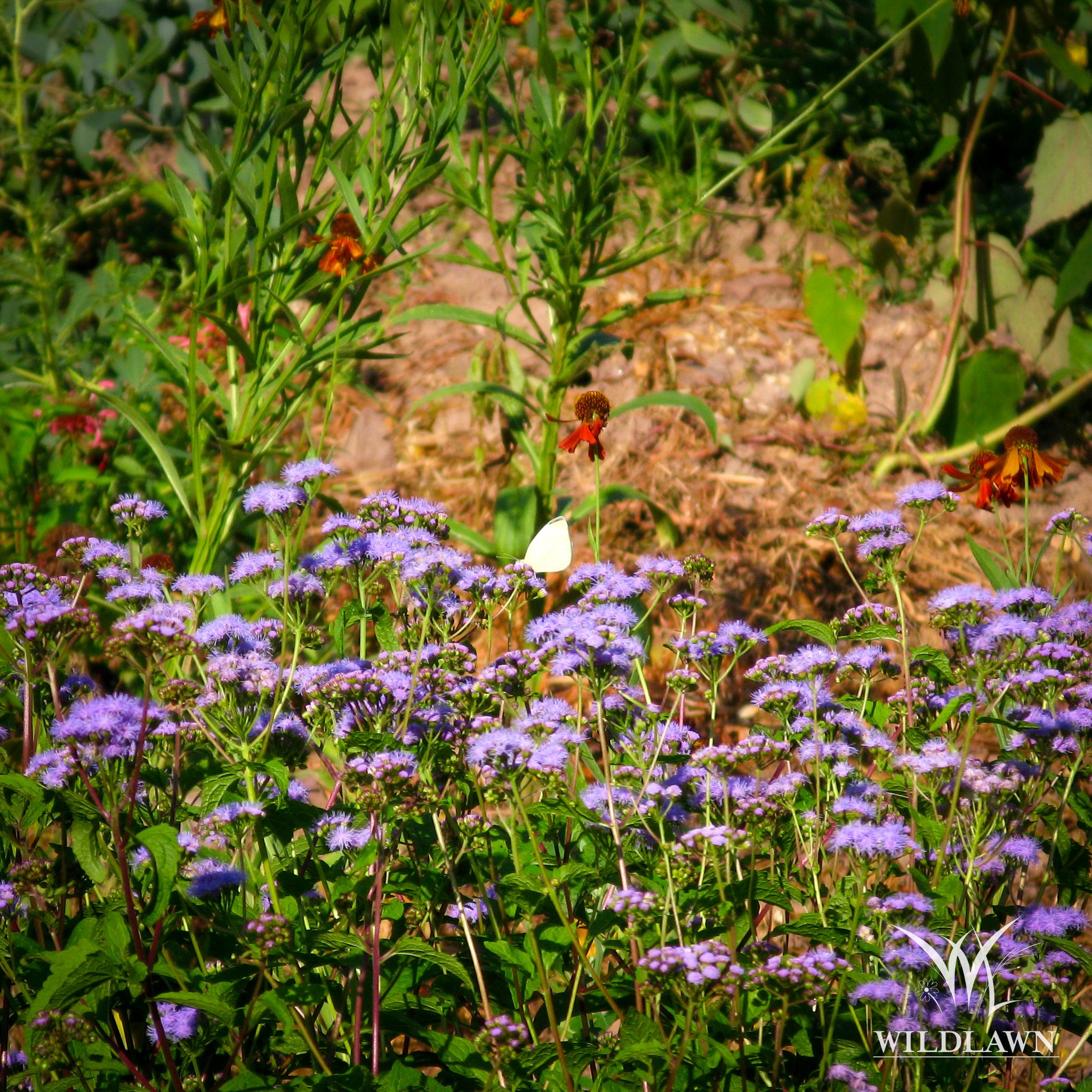
For twenty years, WildLawn has been building authentic backyard habitats
Authentic backyard habitats, not native landscaping
Humble beginning.
Twenty years ago, we started out as a native plant nursery to grow the wild plants that we wanted to use to restore an old farm to its original condition. No one grew wild natives back then; we were the only ones, and we continue to only grow real, wild plants.
Trial and Error.
Back then, lots of websites claimed that it was easy to garden with native plants, so we tried. It flat out didn’t work. It turned out that native plants are finicky. They died more often than they survived. Most companies turned to cultivars to make native landscapes work; we didn’t.
Landscape restoration works.
Because landscaping with natives didn’t work, our team started doing work in the ecological restoration industry. There, our native plants were a welcome feature, and they grew spectacularly. So why wouldn’t they grow in the home landscape; we had to find out…
Extensive research.
We started studying native plants in the wild asking questions like, “Why does this plant grow here, but not over there?” It took some time, but we learned that most native plants only grow in specific combinations of soil, water, and light. Native plants aren’t weeds, after all.
Predictive modelling.
Today, we have a proprietary suite of tools and predictive models that allow us to examine a site and determine which plants will succeed, and which ones will fail. No longer do we have to guess which native plants will work, nor do we need to resort to using cultivars or nativars.
Sharing our successes.
WildLawn combines our wild native plants, ecological restoration experience, wildlife expertise, and unique methodologies to create authentic habitats in the backyard, the front yard, or anywhere else…even in parking lots. The learning opportunities are free of charge!
“WildLawn transformed an historic hospital landscape from an abandoned parking lot into a functional Long Island sand plain. The wildlife is unbelievable and we don’t even have to mow it!”
— Dana Evans
Landscape Architect




































